Keep surface dry & alkaline for fungal prevention
strawchicago z5
10 years ago
Featured Answer
Sort by:Oldest
Comments (11)
dregae (IN, zone 6b)
10 years agolast modified: 9 years agostrawchicago z5
10 years agolast modified: 9 years agoRelated Discussions
keeping dem danged bugs out of my dry goods
Comments (25)All of my dry goods go into either these: Lock and Locks or these: Click Clacks I found a set of large lock lock (or some knock off equivalent) at Costco that will hold 5-10+lbs of flour, rice, cereal or sugar when I buy in bulk. I use the round cannisters of various sizes to store sugar, flour, rice, pasta, beans, bread crumbs or anything else that the moths used to get into. I also occasionally put out some of the those sticky moth traps. The traps have been empty for awhile now. The only problems I've really had after using the containers: -flour mites: even in the container I got an infestation of flour mites. As some indicated, this means they were in the flour to begin with. The nice thing was that the mites were contained in the bin so I just had to dump it all and clean the bin and they weren't all over everything else in my dry storage -beetles: when I buy bird seed for my birds it often has beetles and/or eggs. If I don't freeze these first they'll multiply and become evident in a short period of time. However, the containers WILL prevent flour moths and beetles from getting into your dry goods if they aren't already in them....See MoreBlack rot and other fungal diseases
Comments (4)I've had fungal issues mostly with grey mold, white mold, powdery mildew and downy mildew. Black rot only on celery but it may be a different type than you describe. I've tried both oxidate and actinovate and they both work, but very differently. Oxidate kills on contact, like a cleanser. I use oxidate when i've seen an outbreak and feel like it could get out of control. Once sprayed, the leafs are clean of all fungal/bacterial parasites and as I understand it, also all it's beneficials, so now it's susceptible to further attack as soon as more spores land. Acitinovate is different, it's a preventative. It's used before the outbreak happens but when conditions are present for it to occur. Actinovate is a bacteria that occupies space on the leaf surface competing with and hopefully limiting potential threats from taking over and multiplying. Using both types of spray is probably the best chance you have. Actinovate first to help deter, then oxidate if needed, followed again by actinovate to re-occupy the now susceptible leaf surface. Hope this helps, and FYI this is just my understanding of this fairly complex process. I'm sure someone with more scientific background could add much more. -Mark...See MoreLeaf Stripping to Prevent Fungal Disease
Comments (5)apple, I still say it isn't Fusarium. Fusarium does not cause fruit symptoms while certain of the foliage diseases do. Fusarium causes profound wilting of plants, which you haven't mentioned, while foliage diseases never do. The fact that your VF varieties did not do better, and the VF doesn't mean total resistance, it means increased tolerance, also tells me that it probably wasn't Fusarium or Verticillium. All NEW foliage infections are acquired by airborne means, while splashback infection can and does occur when the soil has been contaminated in previous years by spores/'bacteria, depending on which specific foliage diseases are at work. In addition, as I said above, Fusarium is only a problem where the gound doesn't freeze in the winter. And the lower branches are affected first when it's splashback reinfection. You haven't described any specific lesions on the leaves and it's those spots that can help diagnose what foliage infections you might be dealing with, thus give you some idea of how you might go about preventing those diseases. The four most common ones are: Early Blight ( A. solani) Septoria Leaf Spot Bacterial Speck Bacterial Spot Early Blight can appear either early or late in the season. While pictures are static and disease is progressive, you might want to take a look at some pictures of the above four to see if you can make any matches. it's important b'c there is excellent prevention and control for the first two, which are fungal, but not for the last two, which are bacterial. Hope that helps. Carolyn...See MoreGypsum, dolomitic, lime, sulfates vs. buffers and anti-fungal agents
Comments (12)Re-posting what I posted on the other thread: Folks report that Azomite helps to deter pests, it thickens the tissue of plants. Molasses work very well in deepening the blooms' color, but I'm afraid to use it, for fear that would attract pests like rose-slugs. When to use gypsum (calcium sulfate) and when to use dolomitic lime (calcium & magnesium) ? I narrow down to: If the rose blooms profusely, means it's good in acid-phosphatase, and will have excess acid at end-bloom-period. Time for dolomitic lime during profuse-blooming. If the rose is stingy, means it doesn't secrete enough acid to release phosphorus from soil. Time for SOLUBLE gypsum (calcium sulfate, with 17% sulfur). The acid, or sulfur helps to release phosphorus from soil for blooming. The mycorrhyzal fungi that help plants to bloom also prefer slightly acidic. Some disease-resistant roses fall into this category (Home Run, Basyes Blueberry, Duchess de Rohan, some Kordes roses). Folks in alkaline CA complain about Kordes being huge & healthy foliage, but stingy in blooms. Never see a black spot on B.B, but it's stingy unless given soluble fertilizer. Home Run is filled with dark-green foliage, but few blooms. I would rather get the disease-resistance from thick & shiny foliage (FlowerCarpet), than stinginess in blooms (Home Run). If the rose is wimpy, SOLUBLE gypsum and sulfate of potash help. Buffers are alkaline stuff put on top to neutralize acidic rain. Horticultural sites listed calcium, potassium, magnesium, slow-released organic matter as good buffers. Alfalfa hay is a good buffer (neutral pH, slow-to-break down), same with pine-needles. But alfalfa meal is a poor buffer: breaks down too fast, and releases acids. Cedar-mulch is a good buffer (slow-to-break-down). Pine bark mulch is a poor buffer (acidic pH at 4). Penn State research on artillery fungus cited BIG CHUNKS & SLOW-TO-BREAK down mulch as best. Red-lava-rock is an excellent buffer (pH 8) & slow to break down. I spent $10 on a tiny bag of crushed-red-lava-rock, ordered from Amazon, and it WASN'T AS GOOD as the cheap $4 per 40 lb. bag big chunks. The crushed-red-lava broke down too fast, and stained the leaves of Stephen big Purple with its high iron-content. In contrast, I get continuous blooming on Wise Portia this year thanks to big-chunks red-lava-on top (for potassium), plus dolomitic lime (calcium & magnesium) .. lots of leaves thanks to neutral alfalfa hay on top. Nature's way is best: For centuries big-chunks stuff fall onto roses or occur naturally in soil: leaves, branches, rocks, etc.. Centuries ago, people didn't have wood-chipper to grind bark into pieces, or trucks to carry inappropriate mulch (pine-bark) onto roses. Chicago Botanical Garden made a good point of mulching plant WITH THE SAME optimal pH range for that plant. So it doesn't make sense to mulch Dr. Huey-rootstock with acidic pine (pH 4), or to mulch blueberries with horse manure (pH over 8, with lime added)....See Moredregae (IN, zone 6b)
10 years agolast modified: 9 years agostrawchicago z5
10 years agolast modified: 9 years agostrawchicago z5
10 years agolast modified: 9 years agostrawchicago z5
10 years agolast modified: 9 years agostrawchicago z5
10 years agolast modified: 9 years agoseaweed0212
10 years agolast modified: 9 years agostrawchicago z5
10 years agolast modified: 9 years agoVaporvac Z6-OhioRiverValley
6 years ago
Related Stories

GARDENING GUIDESGrow a Beautiful Garden in Alkaline Soil
Got alkaline soil? Learn how to manage it and the many beautiful plants that will thrive in this ‘sweet’ soil
Full Story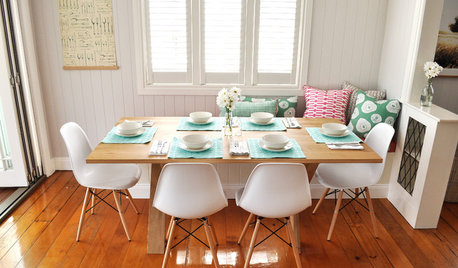
MOST POPULAR10 Strategies for Keeping Surfaces Clutter-Free
The universe wants your coffee table to become a clutter magnet — but you can fight back
Full Story
WINDOW TREATMENTSA Surefire Way to Prevent Sun Damage Indoors
Why let light ruin your furniture, floors and artwork, when the solution could be as simple as applying high-quality window film?
Full Story
LANDSCAPE DESIGNGarden Walls: Dry-Stacked Stone Walls Keep Their Place in the Garden
See an ancient building technique that’s held stone walls together without mortar for centuries
Full Story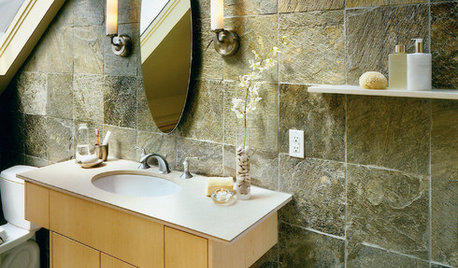
REMODELING GUIDESGet Stone and Ceramic Surfaces Super Clean
Keep your kitchen or bathroom looking as good as on installation day with the right cleaning methods for counters and tiles
Full Story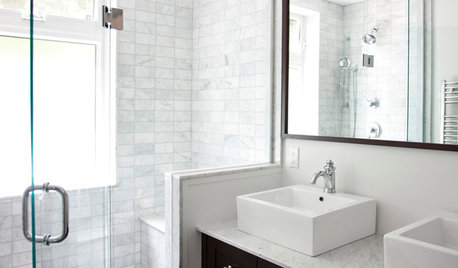
REMODELING GUIDESHow to Keep Your Home's Beautiful Glass Sparkling Clean
A few simple tools and tricks keep water spots and soapy film at bay
Full Story
GREEN BUILDINGThe Big Freeze: Inventors Break New Ground to Keep Things Cool
Old-fashioned fridges can be energy guzzlers, but there are more eco-friendly ways of keeping food fresh, as these global innovations show
Full Story
HEALTHY HOMEHow to Keep Water Vapor From Ruining Your House and Your Health
We help you find out when it’s happening, what it means and how to fix it
Full Story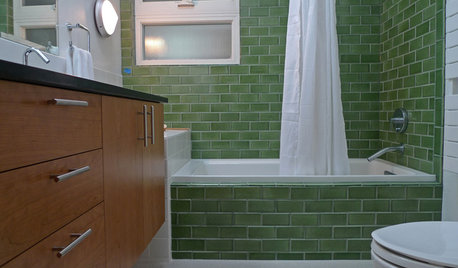
BATHROOM DESIGNBathroom Surfaces: Ceramic Tile Pros and Cons
Learn the facts on this popular material for bathroom walls and floors, including costs and maintenance needs, before you commit
Full Story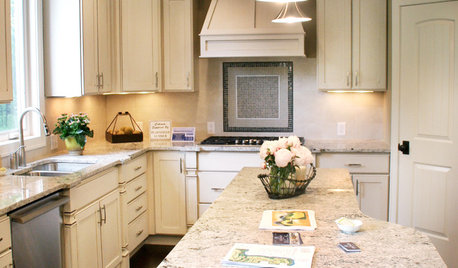
KITCHEN DESIGNKitchen Countertops 101: Choosing a Surface Material
Explore the pros and cons of 11 kitchen countertop materials. The options may surprise you
Full StorySponsored
Your Industry Leading Flooring Refinishers & Installers in Columbus
More Discussions



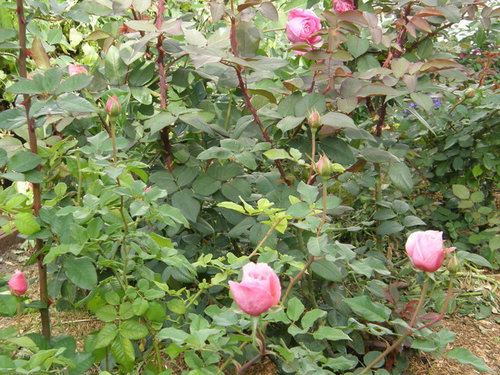

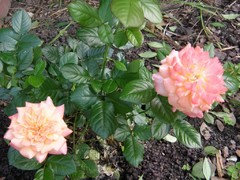

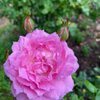
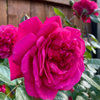
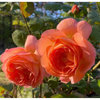

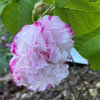
strawchicago z5Original Author